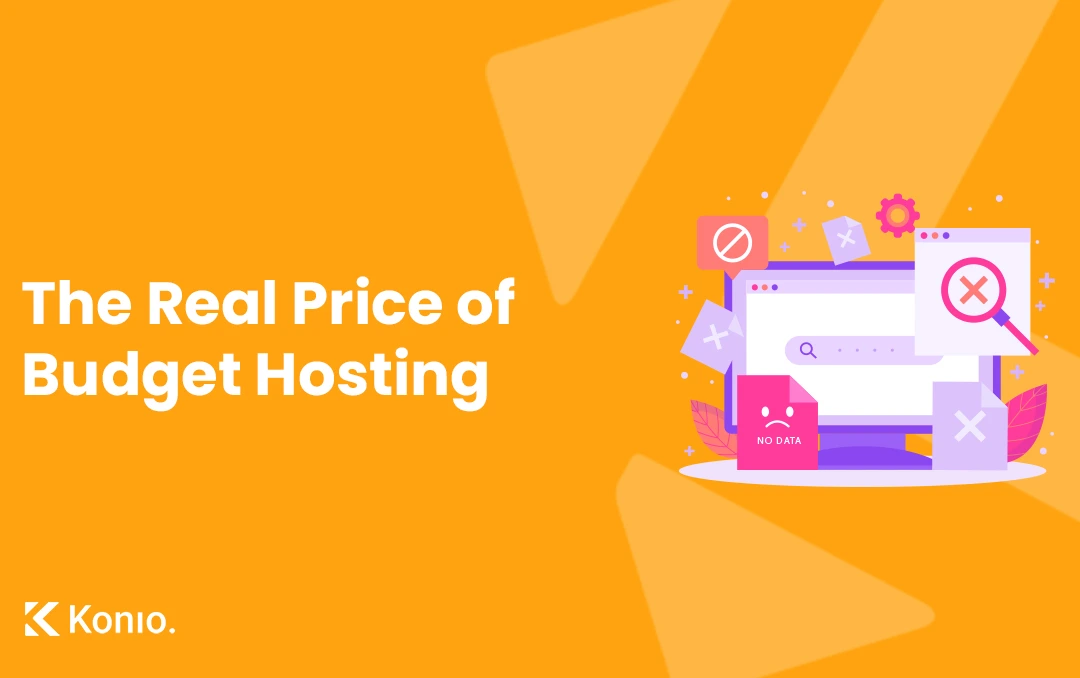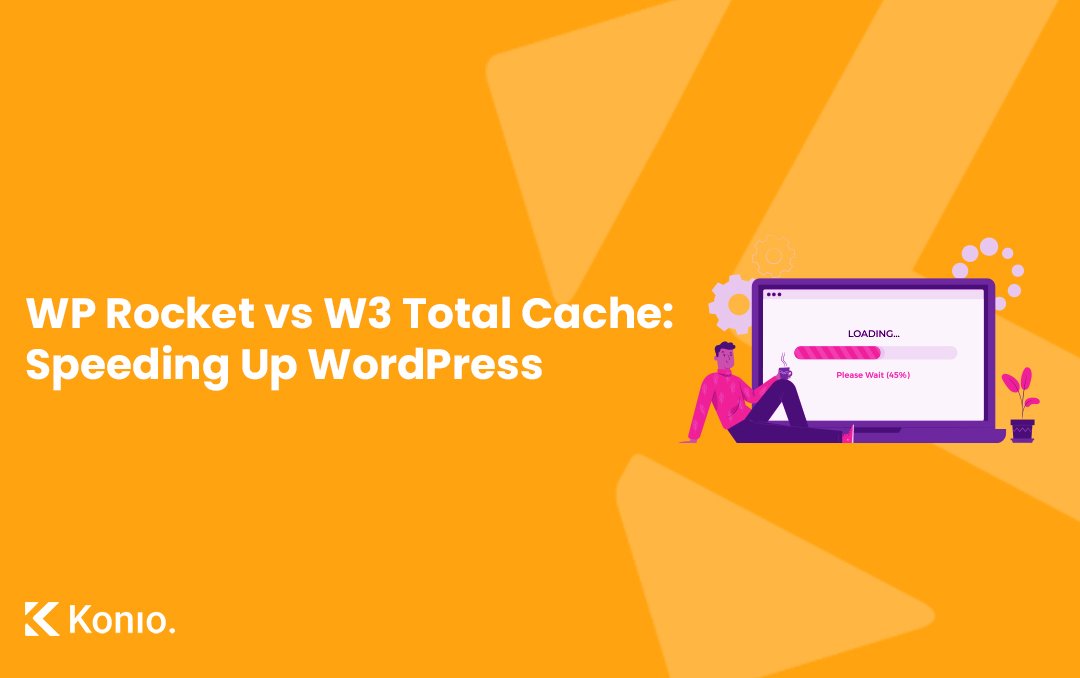When clients ask why their site is slow, glitchy, or mysteriously down, the culprit is often hiding in plain sight: bargain-bin hosting. Sure, $3.99/month sounds appealing — until your checkout page crashes during a sale or your SEO tanks because Google can’t crawl your site reliably.
As a developer who’s spent countless hours debugging performance issues, plugin conflicts, and server-side mysteries, I can tell you: cheap hosting isn’t just a nuisance. It’s a liability.
What “Cheap” Really Means
Let’s break it down. Most budget hosting providers cut costs by:
- Overloading shared servers — Your site competes for resources with hundreds of others.
- Throttling CPU and memory usage — Even basic WooCommerce operations can trigger limits.
- Using outdated PHP versions — Security and compatibility risks skyrocket.
- Offering minimal support — When things break, you’re stuck in a ticket queue with canned responses.
These limitations aren’t just technical annoyances — they directly impact your business.
Real-World Consequences
Here’s what I’ve seen firsthand:
- Security breaches due to outdated infrastructure Cheap hosts often lag behind on patching vulnerabilities — especially if you’re stuck on legacy PHP.
- Checkout failures during peak traffic One client lost thousands in revenue because their shared host couldn’t handle WooCommerce’s AJAX calls under load.
- Plugin updates breaking the site Limited server resources caused timeouts during updates, corrupting the database and requiring a full restore.
- SEO penalties from slow load times Google’s Core Web Vitals are unforgiving. A sluggish TTFB (time to first byte) can tank your rankings.
Developer Time Isn’t Free
Every minute spent working around hosting limitations is time not spent improving your site. That includes:
- Writing custom caching rules to compensate for poor server performance
- Debugging plugin behavior that works fine on staging but fails in production
- Rebuilding broken backups because the host’s restore system is unreliable
You’re not saving money — you’re shifting costs from hosting to development, often at a higher rate.
What Good Hosting Looks Like
If you’re serious about your site — especially if you run WooCommerce — here’s what to look for:
- Dedicated or VPS options with scalable resources
- Modern tech stack (PHP 8+, MariaDB, NGINX or LiteSpeed)
- Staging environments for safe testing
- Daily backups and one-click restores
- Responsive support that actually understands WordPress
Providers like Kinsta, Rocket.net, or GridPane (for devs managing multiple sites) offer infrastructure that respects your time and your business.
< Wrapping Up />
Cheap hosting might work for a static brochure site. But if you’re running a dynamic WordPress site — especially with WooCommerce — it’s like trying to race a sports car on a gravel road. You’ll spend more time fixing problems than building momentum.
As a developer, I’d rather spend my time optimizing your UX, refining your copy, or building custom features — not fighting your host’s limitations.




